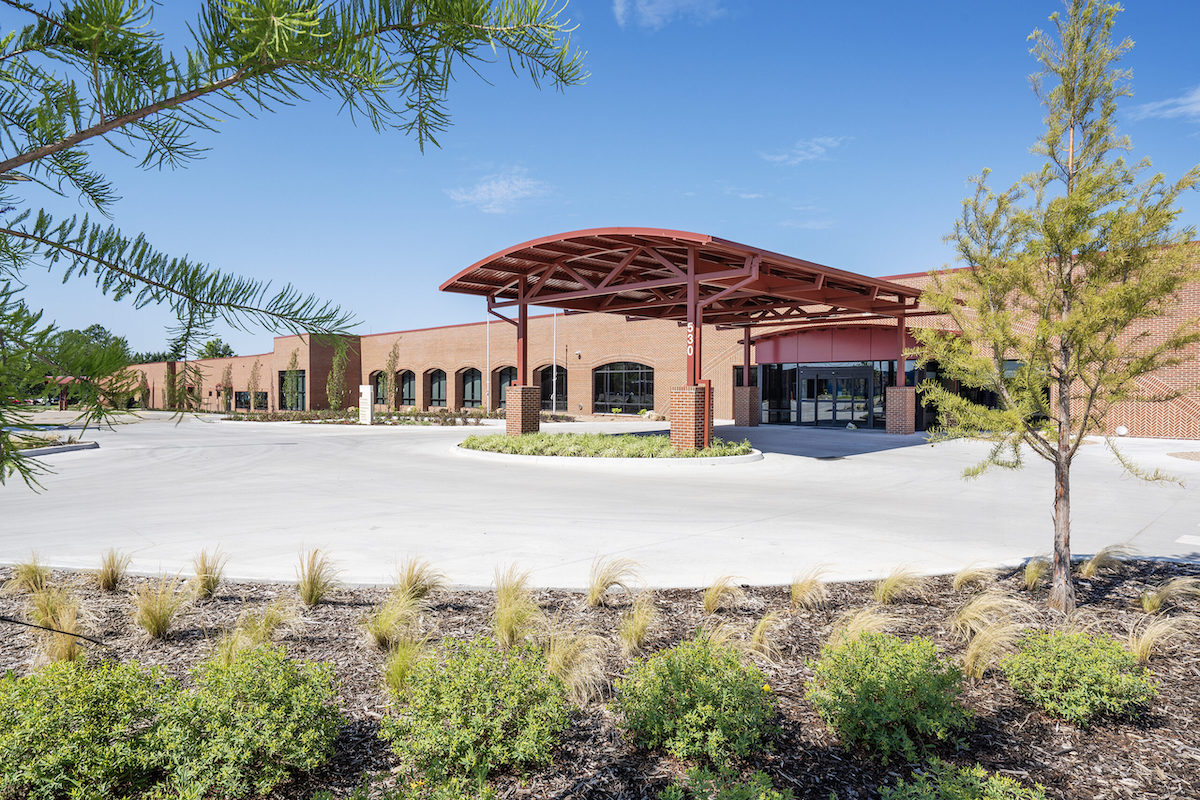Like any team, an efficient equipment fleet is made up of not just heavy hitters but dependable support equipment. Skid steers and compact track loaders (CTL) play a major role in assisting larger equipment on the job site. Make the most of these all-arounders by increasing versatility and efficiency with the right combination of attachments.
That said, there are a wide range of variations on the basic bucket that can improve efficiency and versatility on the job site. Common bucket styles include:
- General purpose — a middle-of-the-road bucket suitable for a wide variety of tasks. Not the strongest, but not a light material bucket, either.
- Heavy-duty or severe-duty — engineered to withstand the toughest conditions encountered in construction, demolition, and road work tasks. Built to handle heavy-duty materials such as concrete, gravel, and asphalt, this bucket’s durability and strength make it ideal for grading and loading applications.
- Combination — features hydraulic cylinders that open the bottom of the bucket. A good tool for pinching and grabbing materials or back dragging.
- Low-profile — offers better visibility than traditional buckets. Built with an extended bottom and a low back, giving operators a clear view of the cutting edge without sacrificing capacity or reach. A great option for dirt work.
- Rock — used for picking and sifting out rocks and other debris. A series of tines, rather than a solid bottom, allows dirt and finer material to fall through while rocks and larger debris are retained in the bucket.
- Ejector — also called a push-out bucket. Uses hydraulic cylinders to push material out of the bucket. The key benefit is a higher reach when dumping or loading a truck. This type of bucket is also self-cleaning, which eliminates carryback or the need to shake the bucket when working with clingy substances like heavy clay soil or mud.
- Side discharge — allows operators to dump to the side of the carrier instead of in front. These are ideal for roadside work or operating in confined areas where there's no room to turn and dump.
Buckets come in several different duty levels, generally classified as light, standard, or heavy/severe based on construction and intended use.
Light-duty buckets typically have a lighter overall weight. They might be manufactured with lower-grade steel or lack the weighty reinforcements of more durable buckets in the product line. Standard-duty buckets are middle of the road. They’re designed to stand up to more demanding applications and regular use. Heavy- or severe-duty is often thought of as professional grade. These are the most robust offerings, designed for long service life in the toughest jobs.

| Your local Wirtgen America dealer |
|---|
| Kirby-Smith Machinery |
Look for high-quality, laser-cut steel and robot-welded construction for long-lasting dependability.
To get the best return on investment, select the right grapple for your primary application. Popular grapple options include:
- General utility grapple — typically a lighter-duty attachment primarily used for removing vegetation debris.
- Industrial grapple bucket — flat, closed-bottom bucket with a dual independent grapple used to move materials like dirt, gravel, debris, logs, and firewood and to efficiently clear scrap from job sites and other flat areas.
- Rock grapple — a rock bucket with closely placed tines, typically between 2 and 4 inches apart, made to scoop and clear rocks. Can also be used to transport oversized debris or carry challenging loads.
- Root grapple — an open-bottom design that allows dirt to fall through with slightly wider-set tines, typically 5 to 8 inches, used to dig out rocks, roots, and other debris and sift material. Root grapples are perfect for penetrating the ground, ripping up debris, and leaving a clear surface behind.
- Rake grapple — combination of rake and clamshell grapple that makes it easy to remove debris from large areas with minimal soil disruption and securely transport and load without needing extensive cleanup.
- Stump bucket grapple — specialized grapple for removing stumps, roots, and concrete slabs. Narrow nose and ideal power-to-weight ratio maximize loader breakout force.
While it might seem that a heavier grapple equals more durability, that isn’t always the case. Heavier attachments eat into the carrier’s lifting capacity.
Look for manufacturers that use FEA testing and smart engineering to provide the perfect balance of weight and strength. This type of testing uses computer models to identify potential weak spots. Engineers can then add strengthening components only in those locations for maximum strength with minimal weight. By reserving more of the carrier’s rated operating capacity for lifting and transporting heavy materials, operators can lift and do more. In some cases, this also allows operators to use larger attachments with smaller equipment.
Additional features that provide dependability and minimize downtime can help keep support equipment on the field. Look for high-quality, connect-under-pressure, 90-degree couplers; full nylon hose sleeves; hydraulic cylinder protection; and greaseable pins.
Sweeper buckets with height adjustment systems and reversible cutting edges tend to offer a longer service life and better return on investment. Adding a gutter brush accessory can also minimize manual cleanup needs.
A knowledgeable manufacturer can help spec the right attachment for existing equipment. Alternatively, you can take advantage of free online tools (such as the Fit Finder from Ignite Attachments) that are available 24 hours a day, seven days a week. Ignite’s user-friendly tool uses tens of thousands of data points to determine compatibility across most makes and models of compact tractors, skid steer loaders, compact track loaders, and mini excavators from all major manufacturers.
Get the most from every player on the field with the right attachment at the right time.
Darin Gronwold is a Senior Product Specialist for Ignite Attachments. Headquartered in Moorhead, Minnesota, Ignite Attachments offers accessibly priced attachments and three-point implements for compact equipment in a digital, direct-to-consumer storefront and brick-and-mortar resellers. For more information, visit igniteattachments.com.






































































